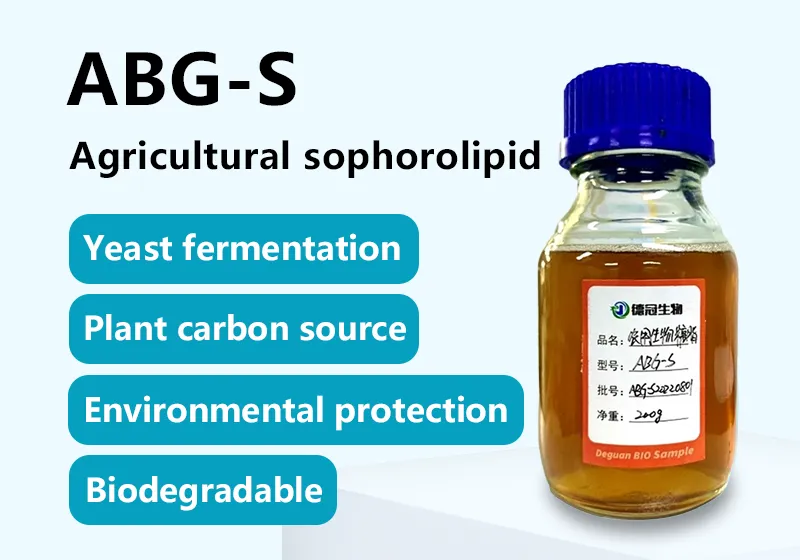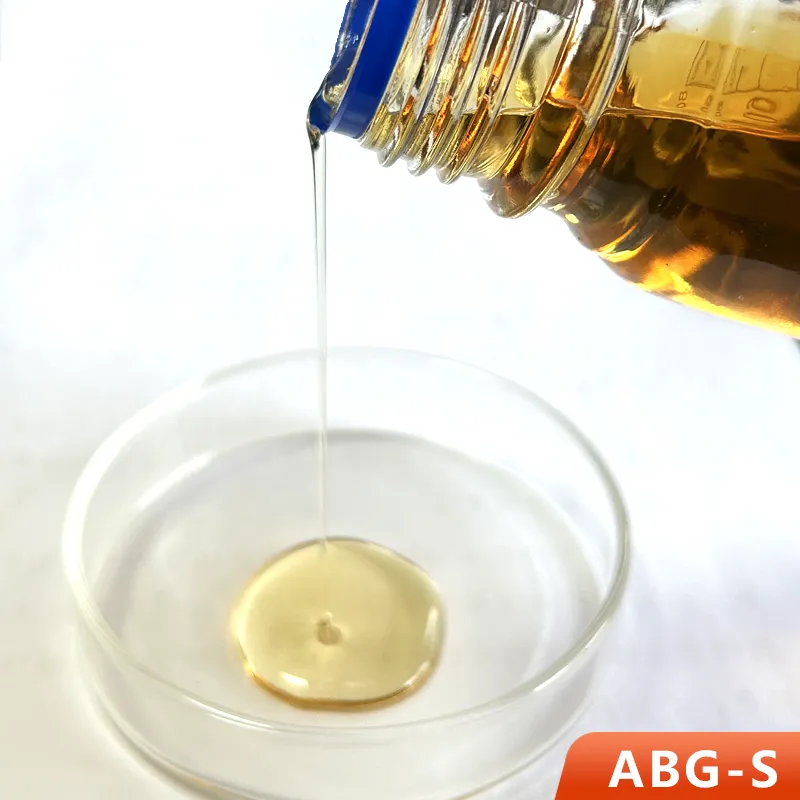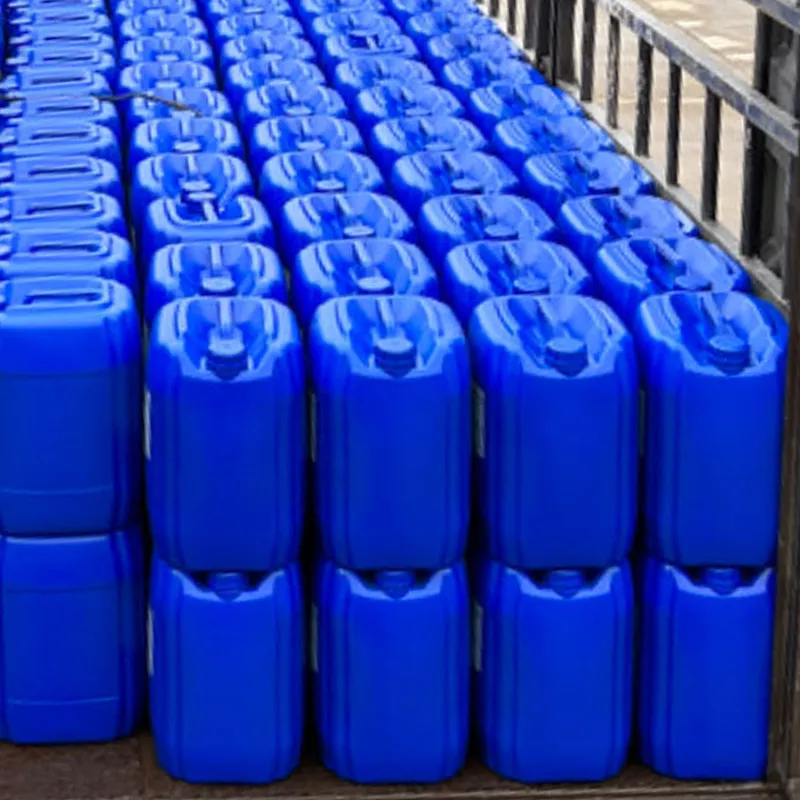Basic Information

Product model: ABG-S
Product appearance: Brown liquid
Effective substance content: ≥40%
Usage: Agricultural field
Packaging specifications: 25kg、200kg、1000kg
Product Description


Agricultural bioglycolipids are glycolipid metabolites produced by specific microorganisms through fermentation technology. ABG-S is an agricultural liquid model of sophorolipid, a new biological additive that can be used in fertilizers, pesticides and functional agricultural products. It can be used to reduce surface tension, increase spreadability, promote absorption, enhance effectiveness, and emulsify.
Physical and chemical indicators
Features
1) Synergistic function: ABG-S has surface activity, can reduce surface and interfacial tension, and has the functions of solubilizing, emulsifying, spreading, penetrating, and wetting. It can reduce the amount of fertilizers and pesticides and increase efficiency.
2) Efficacy and stability: Agricultural bioglycolipid ABG-S has strong thermal stability, chemical stability, temperature and salt resistance. It still has good application performance at 150℃ and salinity of 100000mg/L.
3) Antibacterial properties: ABG-S has certain auxiliary antibacterial properties and can dissolve lipid membranes and destroy some harmful bacteria, fungi and viruses.
4) Chelating (complexing) ability: The carboxyl structure of ABG-S enables it to have a chelating (complexing) function. The carboxyl group can fix nutritional elements, alleviate the loss of elements, enhance absorption, and improve utilization.
5) Plant growth stimulating function: It has biostimulating function, plays a certain role in growth promotion, stress resistance and disease resistance, and has certain plant growth regulating function.
6) Degradability: The product is rapidly biodegradable under standard experimental conditions. The degraded agricultural bioglycolipids become nutrients for environmental microorganisms and are consumed, without causing secondary pollution to the environment.
